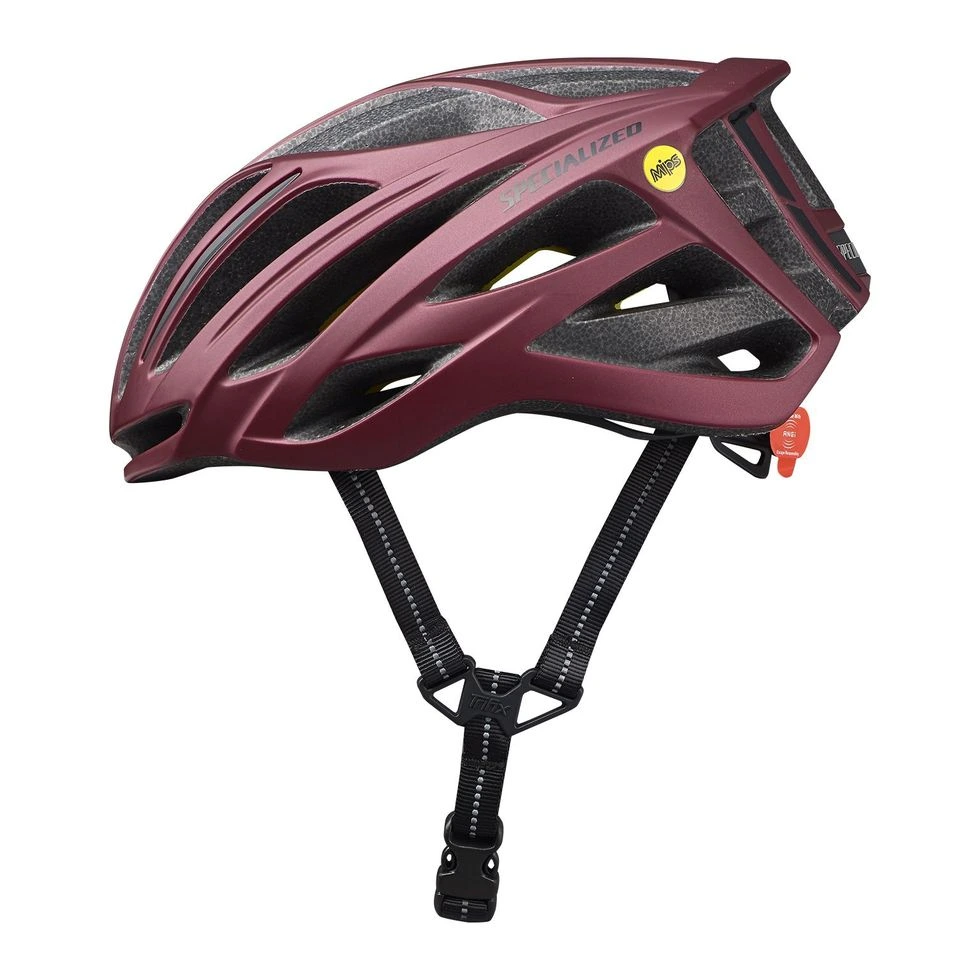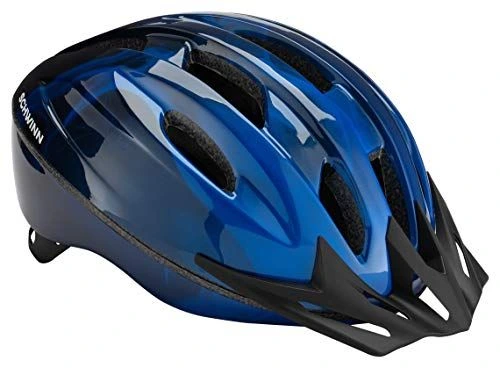The 6 Best Bike Helmets You Can Buy Right Now

The first step in purchasing a helmet is deciding how you intend to use it. If you enjoy rough trails and huge air, a Smith bike helmet will provide more protection for the rear of your head than a road-style helmet, which prioritizes ventilation and weight over increased side and back protection.
For further protection, downhill helmets, like some Smith bike helmets, contain chin bars, some of which are removable. Road and cross-country mountain helmets are lightweight and well-ventilated, like many helmets for women, but they lack the extra protection of trail helmets. They often lack a visor and are not designed to accommodate goggles.
Some helmets, ideal for bike helmets for women, are specifically intended for commuters. They are typically a little tougher to withstand the rough and tumble usage that is typical of urban use, and they frequently have features such as light clips or even built-in lighting, a common feature in street bike helmets. They often have less ventilation than road helmets and, of course, a more casual appearance.

Excellent ventilation
Uses MIPS Air Node technology
Pricey
Highly ventilated
Air Cage construction
Ultra-lightweight
Adjustable system
The new Prevail helmet from Specialized is the most ventilated helmet they’ve ever built, and it’s easy to understand why. When viewed from the front, Specialized has replaced many of the traditional “foam bridges” that generally produce all of the small vents on a helmet with its new Air Cage design. It results in five huge vents and a practically helmet-free feeling on your head, making it a top choice among bike helmets for women.






Fits heads as small
Very light
MIPS protection
Pricey for a kids helmet
In-mold polycarbonate
Adjustable for kids
Lightweight
Well-ventilated
This tiny helmet, a favorite among bike helmets for women, is as appealing to small children who are ready to ride as it is to parents who have grand ambitions of family riding vacations. Any child whose head measures 45 to 53cm will be safer in the Scamp, whether he or she is about to push a balance bike or is still a happy passenger in a trailer.
The helmet is well-ventilated and compact while providing sufficient protection, thanks to in-mold construction and a polycarbonate shell over an EPS foam liner. A Roc Loc Jr. adjustment dial allows you to fine-tune the fit, and the chin strap buckle is pinch-free. It’s also light enough that our 14-month-old tester didn’t lose his balance when walking.

MIPS liner enhances protection
Has additional e-bike certification
Better ventilation
Still warm compared
Lights not included
Skate-style helmet
MIPS integrated
Durable plastic
If you like the look of a skate helmet but want something a little more sophisticated, like the Specialized Mode, often included in bike helmets for women, it’s a wonderful choice. It’s reasonably priced, looks well, and has some clever touches. The durable plastic outer shell and urethane edge bumper protect the foam from ordinary hits, so you don’t have to treat this helmet as carefully as you would a lightweight model.
The MIPS lining is well-integrated and should aid with some impacts, while the padding is soft and pleasant. Because to the channeling inside the helmet, ventilation is better than in most helmets of this type. Nonetheless, the vents are modest, so don’t anticipate road helmet-like ventilation. For increased peace of mind, the Mode meets the Dutch e-bike helmet standard, making it a great choice among street bike helmets.

Comes with ANGi crash sensor
Vents are on the small side
Road/Trail adaptable
Hairport system, unisex
Good airflow
Reflective elements
The Echelon II, commonly sought after in bike helmets for women, is the latest iteration of the tried-and-true Echelon, which has long been a Specialized helmet line staple. Although it’s labeled as a road helmet (which implies it doesn’t have a visor), it’s also ideal for trail riding. The Echelon II, like its more expensive sibling (the Prevail II), includes the Hairport fit system. Ponytails and bronytails will fit comfortably in the revised retention system because it is unisex. The Tri-Fix web splitters aren’t adjustable, but the straps keep out of the way of the ears, and reflective accents may be found in the webbing and on the helmet’s surface.

It’s only 25 bucks!
Has dial-adjust fit system and removable visor
Comes in one size only
Not well-ventilated
Economical
Dial-adjustable system
Removable
One-size-fits-most
The Schwinn Intercept, a great value option among bike helmets for women, is a $25 helmet that received four stars in STAR testing at Virginia Tech. This is a higher rating than numerous helmets tested by VT that cost hundreds of dollars more. Despite being a low-cost helmet, it has a dial-adjustable fit system and a removable visor. The Intercept is a one-size-fits-all helmet with a reported weight of around 350 grams, which is unusually light for such a low-cost helmet. The Intercept has fewer and smaller vents than higher-end helmets, implying less airflow.
Road and XC helmets stand out as the most lightweight and highly ventilated options in the market, making them a superb choice for bike helmets for women. These helmets often enhance airflow more effectively than if you weren’t wearing a helmet, by directing air through and over your head. In contrast, helmets designed for increased impact protection, such as those used in downhill and certain mountain biking scenarios, often have fewer vents to maximize protection against debris.
It’s important not to fall for the misconception that more vents automatically mean better cooling. The effectiveness of ventilation isn’t solely based on vent count. Take, for instance, the Giro Synthe, which with only 19 vents, is renowned for its excellent ventilation, while the Kask Valegro boasts 37 vents. The design and dimensions of the vents play a more critical role than their quantity.
John Thompson, the helmet product manager at Scott, emphasizes that a helmet’s effectiveness hinges on its fit. Different brands have varying sizes, and most offer a sizing guide to assist in finding the perfect fit for your head. Measure your head’s circumference to determine the best size; if you’re between sizes, prioritize comfort.

A correctly sized helmet will sit low and evenly on your forehead. Its retention system should adequately secure the helmet on your head without the need to overly tighten the chin strap. The ideal helmet will snugly fit your head, with the retention system smoothly adjusting to ensure a snug fit.
Is There an E-Bike Specific Helmet?
Yes, there is an e-bike-specific helmet standard in the Netherlands, known as NTA 8776, designed for higher impact speeds and more head coverage.
What is Wavecel technology in helmets?
Wavecel consists of a crumple-flexible grid in the helmet that reduces impact forces.
how does Smith’s Koroyd technology work?
Koroyd uses thermo-welded tubes resembling drinking straws for better energy absorption upon impact.
What is essential for a helmet’s proper fit?
The correct fit is key for protection. It’s important to measure your head circumference and consult the brand’s fit guide.
Why do some mountain bike helmets have fewer vents?
Helmets designed for downhill or mountain biking often prioritize impact protection over ventilation, resulting in fewer vents.
Disclaimer: This page contains Affiliate Links to brand's websites. When you make purchases on their sites using these links, we may earn a commission on your purchase at no additional cost to you. (Disclamer)
